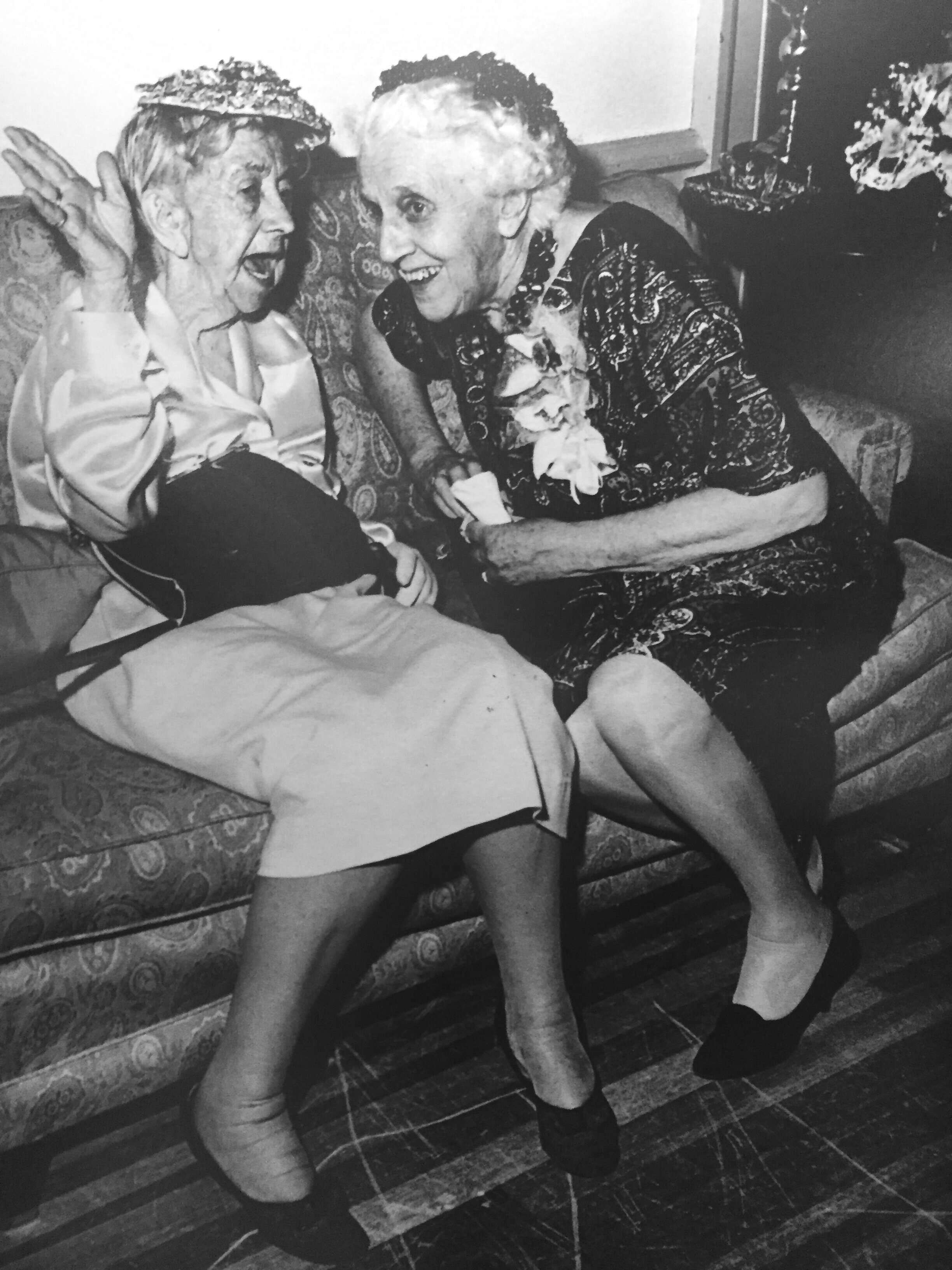
banter
Welcome to my archived blog, Banter.
I’ll start, you chime in—I really want to hear from you!
Faking It
“…if your spontaneous cheerfulness be lost, …sit up cheerfully and …act and speak as if cheerfulness were already there…So, to feel brave, use all of our will to that end, and a courage-fit will very likely replace the fit of fear.”
—William James.
There used to be a big split between the English method for acting and the American method. In the US, we adhered to Stanislavski’s method where we work from the “inside-out,” meaning we create a vivid inner life and history for the character and want to feel what the character feels authentically. In the old British school—think John Gielgud, Maggie Smith, and Laurence Olivier—actors worked from the “outside-in,” starting with a fake nose or limp to create a character.
There’s a great story about Dustin Hoffman, trained in the US, and Olivier, the master of English theater, when they worked together on the film, Marathon Man. Hoffman, in order to get ready for a particularly brutal scene where the character had not slept for days…did not sleep for days! Olivier thought this was ridiculous and said simply…Read on.
Long Speeches: beat by beat for variation
The great Russian director, Stanislavski, created the modern acting methodology while working with playwright Anton Chekhov. The two were interested in creating theater that was human, rather than performative. The Group Theater brought his method to the US, which quickly gave birth to the many schools of method acting, all of them still preeminent today: Lee Strasberg, Stella Adler, Herbert Berghof and Uta Hagen’s HB Studio, and Sanford Meisner, to name a few. Aside from giving us the “objective” or what I refer to as the Intention, Stanislavski gave us the “beat.” Lore has it that he was saying, “this little bit and then this little bit,” but to an American ear is sounded like… Read on.
Props and Set Pieces: give yourself something to do and somewhere to go
Konstantin Stanislavski, the theater director who gave actors, “The Method,” knew that in real life, people don’t just face each other, lock eyes, and take turns speaking. In real life, we are doing something—eating a meal, shelling peas, walking the dog—and life happens. In fact, he referred to his method as, “The Method of Physical Action.” In his work with the great playwright Anton Chekhov, the characters are given quotidien tasks as the dialogue unfolds—they clean guns, play cards, stoke fires, dance.
When we give ourselves something to do with our hands—a prop, an action (aside from a slide clicker or microphone)—we free ourselves to be more relaxed and present. Lewis Miller, the innovator of the Flower Flash and extraordinary floral event designer, spends his days elbow deep in stems, leaves, and perfumed blossoms. In his TEDx Talk, we brought in…Read on.
Intentions speak louder than words
The theater director and father of modern acting technique, Konstantin Stanislavski, used the term “objective,” to help actors focus on playing an action, rather than pushing for a state of being (“to persuade” vs. “to be upset” see “To Be vs. To Do”). I like the term, “intention,” rather than objective because I find it more direct. Stanislavski believed that we always have an intention, even if we are not aware of it. That is what makes us behave in wonderfully quirky, positively human ways. We always want something from the other characters in the play and we always want something from the other people in our lives. That is our intention. If we do not choose a clear intention, we can default to intentions that are not helpful, undermine us, focus our energy on ourselves, and leave us expressively flat and disconnected.
We communicate our intention, not our words.
This is really important.
Imagine a person saying, “I love you,” while sneering. What message do we get? Read on to learn how to use intentions…
To Be or To Do: how intention helps us to be less self-conscious, more engaged, and more engaging
Are you afraid of public speaking? Do you become self-conscious in front of a group or the camera? Most of us, even professional actors, feel the same way. But actors have a simple technique taken from the great Stanislavski that reminds us to ask, What am I here To Do?
You can never force yourself to BE anything (“be happy,” “be charismatic,” “be present”). It is a fool’s errand to think that we can control our state of being by just willing it. Rather than “being calm,” we can take a breath. Rather than “being curious,” we ask a question.
This week, we play with actions and intentions. When you find yourself facing a difficult conversation, a presentation, or simply avoiding the boredom of another Zoom meeting, ask yourself, “What do I want to do?” Give yourself an action. To engage. To entice. To lift up. To spark. To give. To understand. To share.
Read the full post with examples of actions at work.
Let’s begin.
Sign-up for Weekly Presence Prompts
Weekly prompts for public speaking, virtual communication, personal presence, and skillful conversations.




